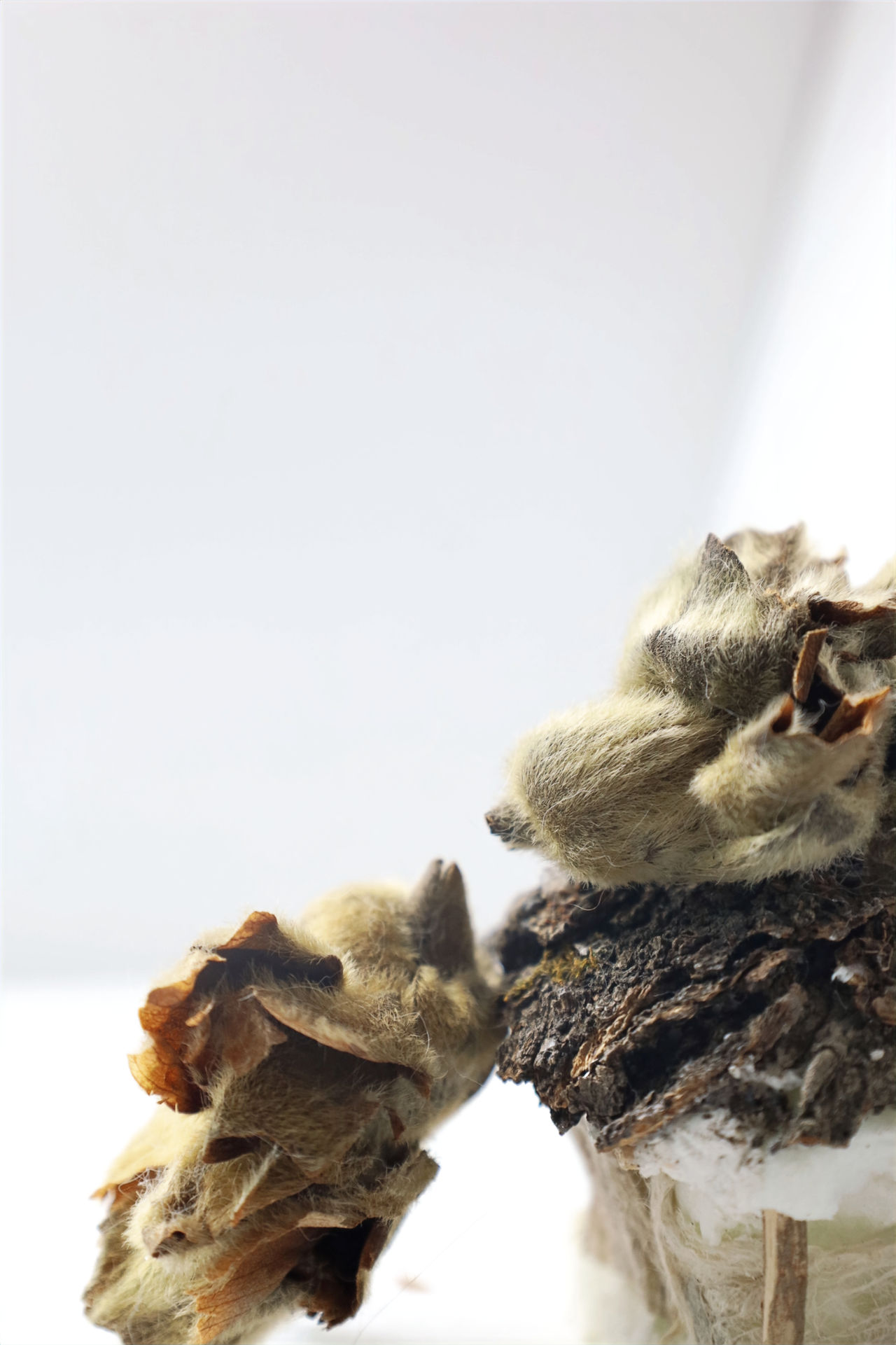
Hyunah
Koh
From a distance,
it remains unseen,
but as one approaches,
a micro-world reveals itself.
Within it,
color, texture, and matter intertwine,
affecting one another
Exploring
how painting can function as an ecological interface, and how humans and these worlds
might intertwine and permeate one another as coexisting beings.

About the artist
Inspired by the coexistence found in nature, London-based Korean artist
Hyunah Koh, who graduated from the Royal College of Art in 2025, explores how artistic meaning, human presence, materials, technology, environment, and life interweave into a single ecosystem
Her work stems from a natural-ecological perspective, drawing inspiration from the cycles of life and death, the accumulation of seasonal rhythms, and the interplay between human life and nature. Through this lens, she investigates the essence of life within ecosystems, reflecting on how her relocation from Korea to the UK reshaped her perception of nature. She practices stone grinding on sandpaper, a meditative exercise that aligns mind, hand, material, and brush, cultivating deep focus back from Korea. This discipline and attentive engagement with materials later emerge directly in her paintings, infusing them with the rhythm and presence developed through these acts. Her practice also incorporates mixed reality (MR) experiments using the Unity program,
bridging the digital realm and painting to extend the pictorial experience.
By integrating these technologies, she reimagines painting as a living, interactive environment where digital and physical layers coexist.
Koh seeks the hidden links between natural rhythms and human culture. By closely observing the interactions of microorganisms in pond ecosystems, the growth and evolution of tadpoles, and seasonal phenomena such as the falling of magnolia blossoms in spring or the summer chorus of cicadas in Korea, she uncovers the underlying laws of coexistence and adaptation.
These insights can be applied to patterns in human society, revealing how new ideas are born, mature, and harmonize with previous generations. Just as one might document the life cycle of tadpoles while studying a garden pond in England, she learn that small interactions and gradual changes accumulate to shape the structures of communities and cultural life.



























































